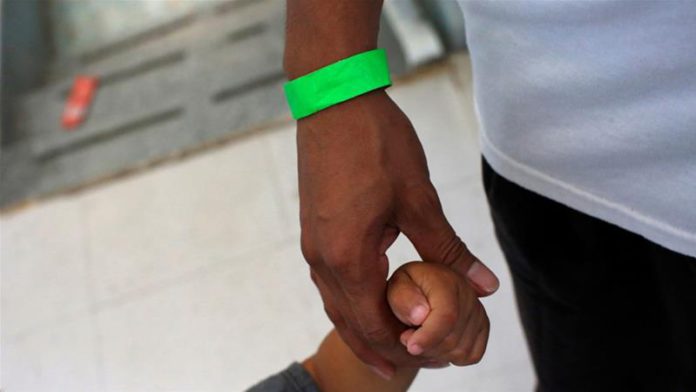
According to the latest Statistical Report released by the Births and Deaths Registry, approximately 2,099 (0.3 percent) of all registered births in Ghana are classified as doubtful paternity cases.
These cases denote situations where the identity of the father of the child is not known or remains uncertain.
The report, which covers a comprehensive analysis of birth registrations across various regions of the country, highlights regional disparities in doubtful paternity cases. T
The Upper East region has the highest percentage of such cases, accounting for 0.8% of all registered births in that region. Following closely is the Central region, with 0.7% of births falling under the doubtful paternity category.
In contrast, certain regions of Ghana exhibit a significantly lower rate of doubtful paternity cases. The Upper West, Bono East, Ashanti, Savannah, Northern, and North East regions collectively report that almost all registered births, amounting to 99.9%, have known paternity cases. This means that the identity of the father is established and recorded during the birth registration process.

Ghana sees rise in birth registration rates
The report shows a remarkable 92.7% of births from January 1 to December 31, 2022, were officially registered. This translates to a total of 677,140 births documented within the year.
Regional variations and delivery trends
The highest shares of registered births were found in Ashanti (20.4%), Greater Accra, and Northern regions.
Encouragingly, 91.7% of registered births were delivered by trained professionals. Upper East (98.9%), Bono (98.6%), and Greater Accra (97.8%) regions showed particularly high instances of deliveries by skilled professionals.
However, the report also highlights a disparity in facility births. While 88% of births overall occurred in health facilities, Savannah (29.3%) and Oti (28.7%) regions reported higher rates of out-of-facility births.
Age of mothers and birth distribution
The report indicates that 87.6% of registered children have mothers between the ages of 20 and 39. Births to teenage mothers constituted 7% of the total.
Interestingly, Thursdays saw the highest number of births (15.4 percent), followed by Wednesdays (15.0 percent). Sundays had the fewest registered births (12.9 percent).
September emerged as the peak month for birth registration (10.9 percent), followed by August (9.9 percent), November (9.7percent), and October (9.7percent). January had the lowest registration rate (6.3percent).
Gender Parity and Regional Variations
The report recorded a national sex ratio of 103 males per 100 females, with a total of 343,913 males (50.8percent) and 333,227 females (49.2percent) registered.
The Oti Region had the highest proportion of male births (52.7percent), while Ashanti, Greater Accra, Ahafo, Volta, and Western regions displayed near gender parity.
Data for policy decisions
This comprehensive report provides valuable insights into various aspects of birth registration in Ghana, including total births, regional distribution, birth attendants, locations, days and months of birth, and mothers’ ages.
The data is expected to inform policy formulation and decision-making, with the goal of achieving even greater efficiency and inclusivity in the country’s birth registration system.

